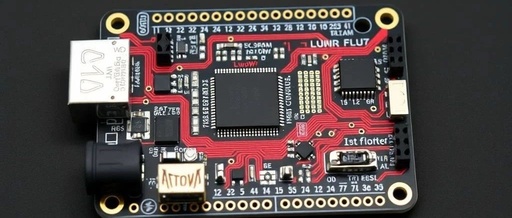Windows PCI Device Driver Development Guide: Installing Drivers on QEMU Simulated PCIe Devices
To add more functionality to the PCI device driver we wrote, we simulated a test PCIe device on QEMU, allowing us to implement features we wanted, such as DMA and interrupts. For the specific implementation of this PCIe test device, please refer to How to Implement a PCIe Device in QEMU. The Vendor ID and … Read more









